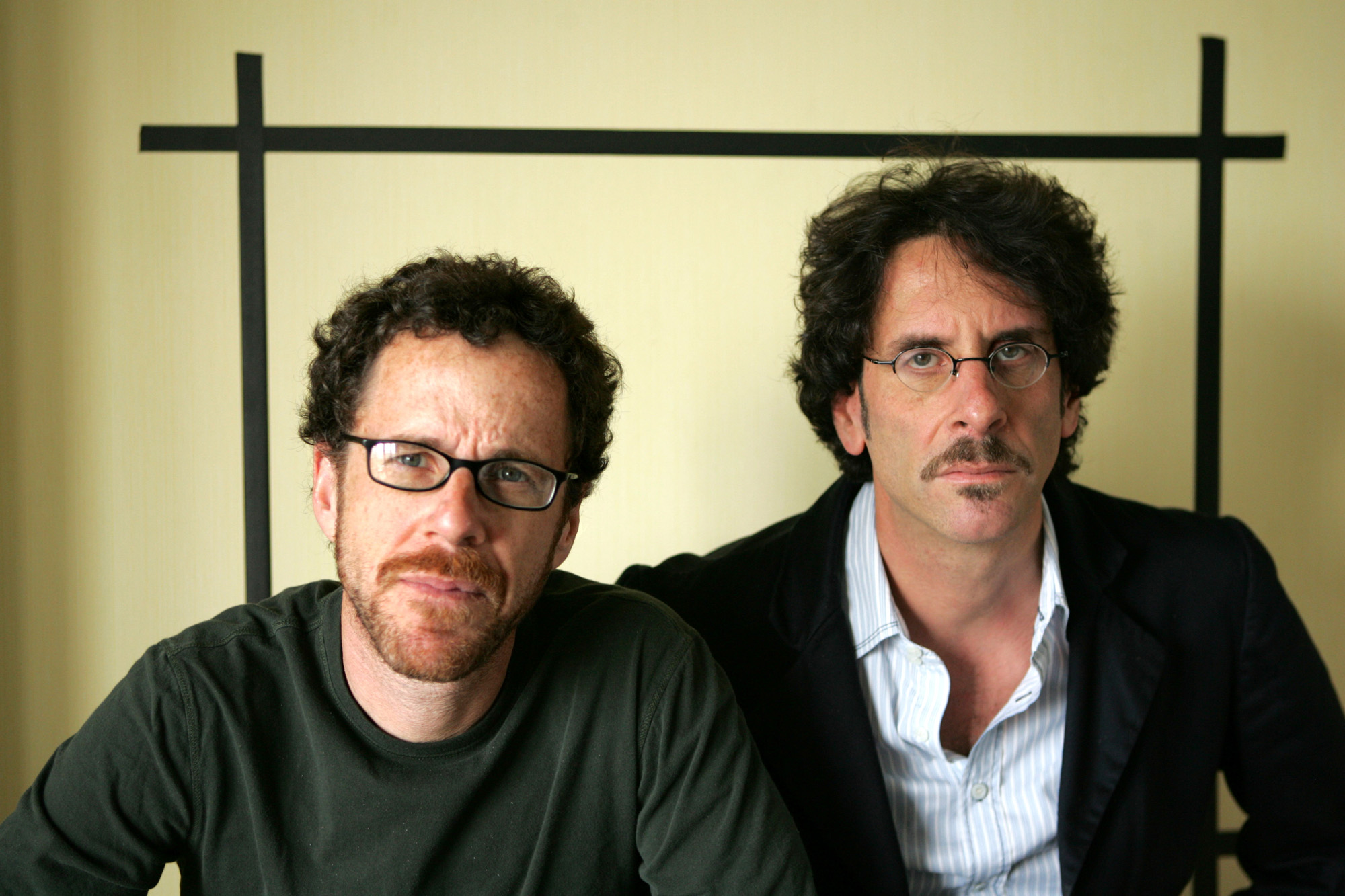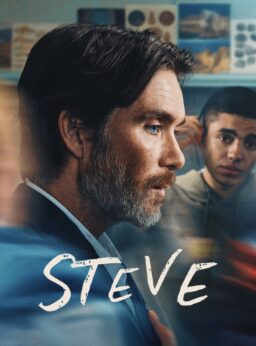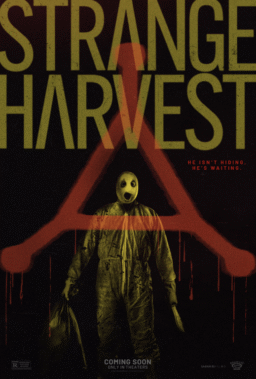The Coen brothers wear their influences on their sleeves—a cup of Hawks, a dash of Polanski, a pinch of Welles. Formal masters, the lot of them, and in this case the apple does not fall far from the tree.
Joel & Ethan Coen’s filmmaking is characterized by sometimes invisible, sometimes ostentatious commitment to visual storytelling. As loose as they can be in terms of narrative structure and genre conventions, their visual style is consistent and precise. They are not filmmakers with a perfect batting average, and in fact, sometimes their adherence to rigid style can be a hindrance, as in their 2004 comedy “The Ladykillers.” But in a cinematic landscape where visual order has become increasingly rare, overtaken by prosaic amateurism that purports to call itself realistic, the Coens stand as one of our great defenders of cinematic beauty. At their best, they are virtuosos, and, at their worst, they are at least interesting.

The Coens‘ debut film, “Blood Simple,” was called a neo-noir at the time of its release, a label that placed the film in the context of the noir fad that was passing through Hollywood in the early 1980s, but “Blood Simple” was unusual among its contemporaries, even the good ones like “Body Heat.” Much as “Blood Simple” is a riff on the noir genre, it doesn’t settle for imitating its predecessors. It’s as suspenseful as a Hitchcock, as emotionally engaging as a Wilder. It’s deconstruction from the inside, a film that comments on genre by embodying the genre completely.
“Blood Simple” is the story of a man who wants his wife and her new flame dead. It’s a good script—tense, with the Coens’ unusual ear for regional specificity, and full of the reversals and moral quandaries that typify the noir genre. Lesser filmmakers might have treated the script as the end product, but, for the Coens, the story and the style in “Blood Simple” are inseparable. The Coens rarely allow the characters to dictate the image—instead their compositions describe, develop, and determine our understanding of the characters. The image feeds the story, queuing us who to trust, who to sympathize with, what our expectations should be. When the vindictive Marty and his decrepit associate Visser discuss the murder, DP Barry Sonnenfeld distorts their faces with hard light, the complete opposite of the softness we’ve seen the Coens afford to Marty’s honest targets, Abby and Ray.
The camera is purposeful, and the Coens’ compositions encompass character movement, rather than being defined by it. The turning points of the story are accompanied by intensified style—Visser and Marty meet for the payments at the bar in a flood of neon greens and pinks and reds. Ray buries Marty in a cornfield lit by big red signs and blinding floodlights. The lights in the film often come from unmotivated sources, acting as a purely emotional trigger to draw you into the moment just as the moment is at its peak. For the Coens, the script is just a blueprint—it’s the style that’s provoking feeling.

If “Blood Simple” proved that the Coens could play by the rules, then “Raising Arizona” showed a team more than happy to be making the rules themselves.
It’s worth noting that even this early in the Coens’ filmography, they were returning to the same company of actors—with Frances McDormand and M. Emmet Walsh both returning from “Blood Simple,” and John Goodman appearing in the first of his six collaborations with the brothers. As pleasant as it must be to work among friends, there is a practical reason for the Coens to build their own troupe of actors. Their dialogue is like their films: stylized, but with real feeling hidden in the form. Actors who can play the Coens’ distinct rhythm make the lines seem effortless, but when the Coens stumble upon an actor who can’t, the film loses air faster than you can spell Hudsucker. Their troupe is as much a necessity as it is an indulgence.
The premise of “Raising Arizona” is so ludicrous, it almost reads like a dare. A poor young couple finds out that they’re barren, so they plot to steal a baby from a rich family that just had quintuplets. The film is so successful and so utterly un-self-conscious that you almost don’t even realize until its over just how many ways it could have gone wrong—just how fine the line the Coens are walking between comedy and despicability.
They’ve got funny angles, funny sets, funny camera lenses, funny tracking shots and funny colors. They’ve got silly things in the frame, they’ve hidden jokes in windows and they’ve got laughs waiting just off camera. Their actors give funny line readings, funny faces, funny tears and funny punches. It’s so hilarious, so relentlessly and with so much ingenuity, that the Coens make it basically impossible not to like the people you’re watching just by virtue of them being so damn goofy.
Even better, while the Coens whip up a hysterical frenzy, they’re busy hiding the real story in the details. When H.I. reconnects with his prison mates at the expense of his marriage, watch how quickly he falls in sync with their clothes and their frames, and out of sync with his wife. And when H.I. realizes their duplicity and apologizes to Ed, look how the Coens have outfitted them back in the same colors but with different prints.
“Raising Arizona” is nimble filmmaking, as light a film as the Coens have ever made, so maybe it makes sense that the films that followed didn’t even attempt that kind of wit. What would be the point?

“Miller’s Crossing,” “Barton Fink,” and “The Hudsucker Proxy” by contrast are the Coens’ problem pictures—heavy, even in their moments of levity. They have all the ambitions and none of the pleasing weightlessness that characterize “Blood Simple” and “Raising Arizona.” They are films concerned with evil—whether that evil is criminal or fascist or corporate, or all three. The hell imagery that made for a hoot in “Raising Arizona” returns, but this time the Coens aren’t laughing. Their themes are big and their filmmaking got big to match it. These films abound with huge set-pieces, self-conscious leaps out of convention and into irony, metaphor, and surrealism.
They make for an interesting trio of films, even if they are a trio that’s maybe more pleasing for the eyes than they are for the soul. More than anything they seem like homages as an excuse for cinematic exercises—deep space staging here, expressionistic set design there, a circle where an idea was meant to be. Later, their films “The Man Who Wasn’t There” and “A Serious Man” would take up this tradition, looking into the past with the techniques of the present. In many ways, these films seem like the directors’ most personal—though maybe there’s an inclination to say that any time something that’s been made with care doesn’t quite come off. For better or for worse, they are films that are actively seeking to stretch the form, and if that’s sometimes awkward, they’re at least the kind of awkward that has something to contribute.
Part Two: Irony, Detachment and Anton Chigurh
(Image Credit: Paramount Pictures.)











